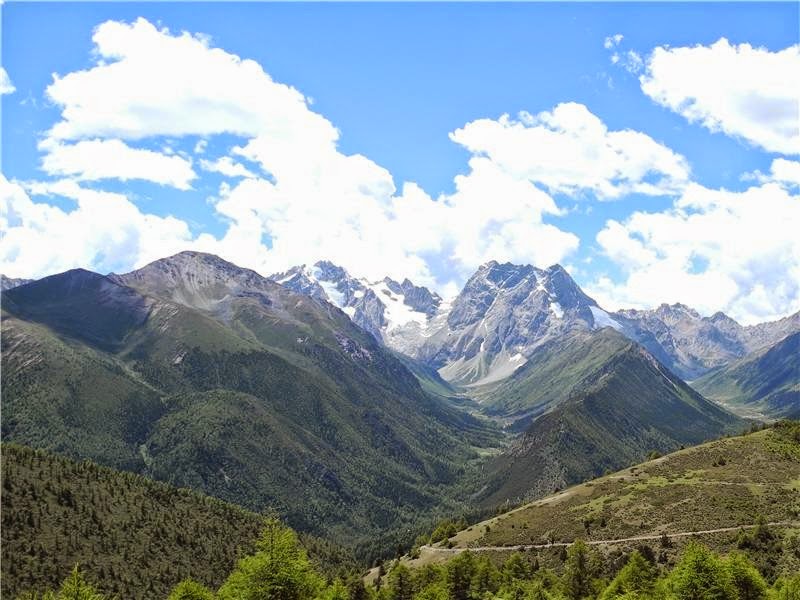
A team of Austrian, Swiss and German researchers of the Biodiversity and Climate Research Centre (BiK-F), the Senckenberg Gesellschaft für Naturforschung and the German Centre for Integrative Biodiversity Research (iDiv), from the University of Leipzig and the Leibniz-Institute of Freshwater Ecology has summarized the current state of knowledge on the diversification of Tibetan plants and animals. The study focuses in particular on how the geological processes that led to the rise of the Qinghai-Tibetan Plateau and Himalayas affected diversification and speciation directly, and indirectly, e.g. by changing climatic conditions. The paper was recently published in Biological Reviews.
“We believe this paper may become a benchmark for geo-biological studies worldwide. It links the geological, climatic and evolutionary history of one of the most fascinating and biodiverse regions of the world, and builds up a promising framework for more hypothesis-driven and synthetic research,” says Prof. Alexandra Muellner-Riehl, from the Department of Molecular Evolution and Systematics of Plants in Leipzig. She heads the DFG Research Cluster and is also member of the German Centre for Integrative Biodiversity Research (iDiv) Halle-Jena-Leipzig.
Muellner-Riehl and her collaborators found that the link between diversity, speciation and the geological processes was still poorly understood. They identified two main reasons for this: different authors tend to use a different geological framework in their studies, and they apply different analytical approaches and data that are poorly comparable.
The authors show three ways how our understanding of the link between uplift processes of the Qinghai-Tibetan Plateau and the Himalayas and species diversity can be improved: 1) They provide a state-of-the-art scenario how the uplift occurred and how this influenced regional climates over the last 40 million years; this will allow future researchers to formulate clear and comparable hypotheses. 2) They summarize recent analytical developments that allow scientists to make the link between geology and diversification more quantitative and less ad hoc. 3) They propose using meta-analyses of many comparable data sets to help researchers gain a broader understanding of species diversity in the region.
“It is very likely that the uplift of the Qinghai-Tibetan Plateau had different impacts on the evolution of different taxa,” lead author Dr. Adrien Favre, Department of Molecular Evolution and Systematics of Plants, University of Leipzig, Germany, points out. “We wanted to provide details on the criteria that individual data sets should meet to guide future research,” adds co-author Dr. Steffen Pauls, Biodiversity and Climate Research Centre (BiK-F).
Note : The above story is based on materials provided by Forschungsverbund Berlin e.V. (FVB).










